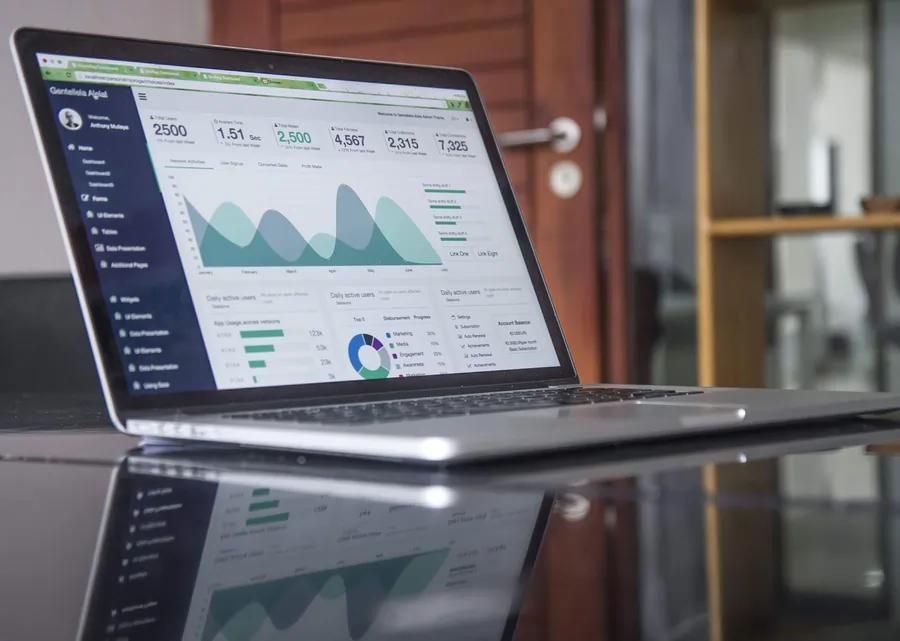Data is the most important aspect of the hospitality industry that helps you gain a deeper understanding of successes and failures. It also helps refine business strategies for better outcomes. If you are a hotelier/into any sort of lodging business, one of the most crucial questions that comes to your mind is: How much money are we making from the rooms we have? Let me answer this, a key metric called Revenue Per Available Room (RevPAR) is what the hoteliers use to measure success.
In this guide, we will break down the RevPAR formula, show you how to calculate RevPAR, and explain why it matters for your business. We will also look at examples, compare them to other metrics, and cover their strengths and weaknesses.
What is RevPAR?
RevPAR stands for Revenue Per Available Room. It tells you how much revenue each available room brings in over a set period, such as a day, a month, or a year.
Unlike simple sales numbers, RevPAR shows both your pricing power (how much you charge per room) and your occupancy performance (how many rooms are filled).
For example, if you have 100 rooms and only fill 50 of them, your revenue will look very different than if you fill 90 rooms even at the same price. RevPAR captures this balance.
Why RevPAR for Hotels Matters?
Hoteliers and investors pay close attention to RevPAR because:
- It combines occupancy and rate. Instead of looking at just one, RevPAR shows how well both are working together.
- It’s useful for benchmarking. Hotels can compare RevPAR against past months, seasonal trends, or competitor averages.
- It highlights revenue efficiency. You can see how well you’re using your available room inventory.
For example, two hotels may both earn $10,000 in revenue in one night. But if one hotel has 50 rooms and the other has 200, their RevPAR values will be very different—and so will their efficiency.
How to Calculate Revenue Per Available Room (RevPAR)
There are two ways to calculate RevPAR, and both give the same results.
Formula 1:
RevPAR = Total Room Revenue ÷ Total Available Rooms
Formula 2:
RevPAR = Average Daily Rate (ADR) × Occupancy Rate
- Average Daily Rate (ADR) = Room revenue ÷ Rooms sold
- Occupancy Rate = Rooms sold ÷ Rooms available
These formulas are interchangeable. Some hotels prefer the first if they track revenue totals closely, while others prefer the second if they already know their ADR and occupancy.
Quick Take: To obtain clear reports, always note which method you are using.
Step-by-Step: How to Calculate RevPAR
Let’s dive into the simple process you can follow:
- Find your total room revenue.
Example: Your hotel earned $15,000 in room sales yesterday. - Find the number of rooms available.
Example: Your hotel has 150 rooms. - Divide revenue by rooms available.
$15,000 ÷ 150 = $100 RevPAR
Or use the second method:
- ADR = $125
- Occupancy Rate = 80%
- $125 × 0.8 = $100 RevPAR
Both approaches show that each room earned $100 in revenue, regardless of whether it was sold or not.
Examples of RevPAR in Action
Let’s look at a few quick examples:
| Hotel Size | Total Revenue | Rooms Available | RevPAR |
| 100 rooms | $7,500 | 100 | $75 |
| 200 rooms | $15,000 | 200 | $75 |
| 150 rooms | $15,000 | 150 | $100 |
Notice how RevPAR levels the playing field. Two hotels with very different sizes can still be compared fairly.
Another example:
- Hotel A: ADR = $200, Occupancy = 50% → RevPAR = $100
- Hotel B: ADR = $100, Occupancy = 100% → RevPAR = $100
Both hotels end up with the same RevPAR, even though one charges more and fills fewer rooms, while the other charges less and fills all of them.
RevPAR vs. Other Hotel Metrics
The most important aspect in the hospitality industry is RevPAR, but it is not the only one that matters.
Given below how it compares with other common metrics:
| Metric | Formula | What does it show |
| ADR (Average Daily Rate) | Room Revenue ÷ Rooms Sold | How much guests pay on average per room sold |
| Occupancy Rate | Rooms Sold ÷ Rooms Available | What % of rooms are filled |
| RevPAR | ADR × Occupancy Rate | Revenue efficiency across all rooms |
| TRevPAR (Total Revenue per Available Room) | Total Hotel Revenue ÷ Rooms Available | Includes revenue from food, events, spa, etc. |
| GOPPAR (Gross Operating Profit per Available Room) | Gross Profit ÷ Rooms Available | Profitability after costs |
Together, these metrics paint a complete picture of performance.
Limitations of RevPAR
RevPAR for hotels is powerful, but it has limits too.
Pros:
- Widely recognized but simple.
- Combines rate and occupancy in one number.
- Preferred for quick comparisons across time or competitors.
Cons:
- Fails to account cost (A hotel could have high RevPAR but low profit).
- Leaves out non-room revenue streams like restaurants, bars, or events.
- Can be misleading if not compared over similar periods (weekdays vs. weekends).
This is why many managers also track GOPPAR or TRevPAR to get a fuller picture of profitability.
What Strategies can Improve RevPAR?
RevPAR calculation is based on room rates and occupancy, both. So, improvement requires working on both sides.
1. Smart Pricing
- One can adjust rates based on demand by using dynamic pricing.
- Increases perceived value using offer packages without discounting much.
2. Boost Occupancy
- During low seasons it’s preferable to run targeted promotions.
- For better visibility, partner with online travel agencies.
- Keeping focused on direct bookings reduces commission costs.
3. Upsell and Cross-Sell
- Begin to offer room upgrades at check-in.
- You can promote add-ons like late checkout or breakfast packages.
4. Enhance Guest Experience
- With better reviews, justify higher rates.
- Practicing loyalty programs encourages repeat stays.
By combining pricing strategies with occupancy management, you can steadily lift your RevPAR.
Conclusion: Why RevPAR Matters?
RevPAR shows efficiency. It blends pricing and occupancy into one figure. A hotel with high occupancy at low rates may have the same RevPAR as a hotel with high rates but lower occupancy. RevPAR is limited. It doesn’t consider costs or other revenue streams, so it should be paired with other metrics. You can improve it by making pricing adjustments that boost occupancy, upsell, alongside improves the guest experience.
With RevPAR, you can measure room revenue efficiently; and by understanding this metric, managers can make smarter decisions. By using formulas, running calculations regularly, and comparing with other KPIs, you can track progress and uncover opportunities to grow your business.
FAQs: How to Calculate RevPAR
1. What can be the easiest way to calculate RevPAR?
The total room revenue is divided by number of rooms available or multiply ADR by occupancy rate.
2. What could be a good RevPAR value?
RevPAR value depends on your market, location, and hotel type. The best benchmark is usually your competitive set.
3. How is RevPAR affected if occupancy goes up?
If you sell more rooms at a lower price, occupancy rises but ADR falls, which lowers RevPAR.
4. Is RevPAR is enough to measure success?
No. It’s useful, but you should also track profits (GOPPAR) and total revenue (TRevPAR).


